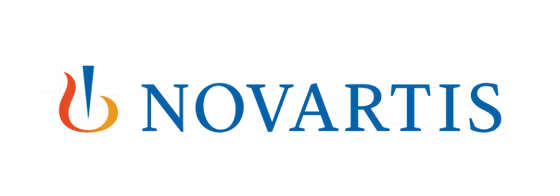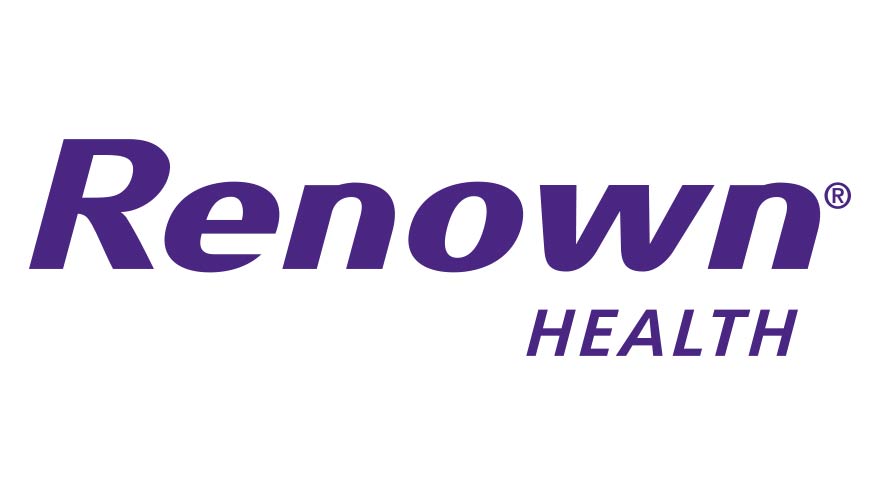
02 Dec 2022
If the year 2021 taught us anything, it's that nothing can really be prepared for and then expected to proceed as planned. When it came to the workforce, the year turned out to be very difficult. The reality of a competitive employment market, pandemic uncertainty, and navigating a hybrid or even permanently remote work environment were challenges that recruiting managers and recruiters had to deal with. One thing did not change, though, despite the fluid and changing nature of the workforce: more and more businesses wanted to do more to attract, engage, and keep underrepresented talent inside their ranks. You’ll risk missing the mark if you don't already take these factors into account when developing your overall diversity, equity, and inclusion (DEI) strategy.
What distinguishes businesses that are progressing toward their DEI goals from those that aren't? Clarifying where your firm is lacking is the first and most crucial step. Diversity is specific, not general. When it comes to enhancing the skills of underrepresented groups inside your organization, you cannot be ambiguous about where you are or where you want to go.
Organizations can learn a lot about themselves and what changes are required to make their workplace more welcoming and desirable for historically underrepresented groups to grow and succeed when they are aware of where they stand.
You must take into account changing workforce trends that could bring opportunities or problems in your quest to recruit, engage, and retain diverse people after defining your organization's current condition and DEI goals. The significant diversity trends we are monitoring in 2022 from our perspective as a DEI workforce planning partner are listed below.
1. It’s a Candidate’s Market
There are more open positions than there are job applicants, which is no secret. The U.S. Department of Labor estimated that there were around 1 million more vacant positions in August 2021 than there were job seekers. An extremely competitive market is created as long as this tendency persists. Candidates are free to pick and choose who and where they want to work. Their decisions will be heavily influenced by variables such as higher wage demands, greater benefits, hybrid or remote work environments, and a desire for a workplace culture that genuinely encourages a sense of belonging. As a result, many businesses will find themselves in a competitive situation to attract the best diverse personnel, such as women, people of color, veterans, individuals with disabilities, and the LGBTQ+ populations.
2. There is still a "Great Resignation" or "Great Realization" taking place
A report claims that in November 2021, 4.5 million Americans left their jobs, setting a new record for the nation. Many businesses have begun to understand that among the valuable talent departing their organizations is highly sought-after, historically underrepresented talent. As job applicants pursue better prospects as a result of the ongoing Great Resignation, achieving diversity targets may become more difficult. Companies will therefore need to reconsider how they handle retention. Diversity on its own won't produce anything. The realization that they demand more from their employers than the status quo is a trend among workers. Organizations must transition to flexible scheduling, inclusive workplace climates, and genuine work/life balance – all while finding a way for people to be accountable for creating change.
3. The Value of Diverse Interview Teams
It will be as crucial for interview teams to be similarly diversified as the drive to attract more varied candidates grows. About two-thirds of applicants, according to one talent acquisition platform company, would be hesitant to accept an offer if they didn't interact with a diverse group of employees during the interview process. It's important to be represented so that applicants can picture themselves working there, and interviewing will be more interesting if a variety of viewpoints are represented. Hopefully, adopting a consistent strategy can reduce hiring-related bias for all parties.
4. Incorporate Temporary Employees Into Your DEI Strategy
Nearly 35% of the US workforce is made up of contingent workers, who bring in $1.3 trillion for businesses nationwide, according to Staffing Industry Analysts. Additionally, they are frequently the group from which businesses hire directly. It would be negligent of you to exclude this group of individuals from your diversity hiring objectives. You will have more access to diverse talent in the contingent workforce if you collaborate with your managed service provider on your DEI strategy and share your inclusion and diversity goals and efforts with them. Your suppliers will work as "brand ambassadors" for you, expanding your reach to the applicants you wish to draw in.
Contingent employees are typically ignored or not taken into account when a firm considers its workforce, but as more candidates look at contingent labor as a choice and in the interest of inclusivity, you must start to pay attention to and take this demographic into account.
5. Employer Branding is Essential
People search for a firm in addition to a job. According to a study, 76% of workers and job searchers stated a diverse staff was crucial when assessing businesses and job offers. Candidates will go elsewhere if your organization doesn't reflect the diversity it hopes to attract or doesn't demonstrate an active commitment to diversity initiatives. The good news is that they don't anticipate you to know everything. Having said that, they do want to see that you are improving.
Make sure your brand appropriately conveys the role that inclusion and diversity play in your employee value offer. Use your website and social media to highlight your journey.
Display any special initiatives, rules, or advantages you provide. Importantly, involve everyone on your team in spreading this message, not just the executive team. Candidates trust their staff more than their CEO, according to the Edelman Trust Barometer Study. Encourage them to post about their experience working at your company on social media and job boards that emphasize diversity. Candidates seeking employment want to hear about their experiences.
Now is the ideal time to begin.
Remember that this is a marathon, not a sprint, and it will take time. You will lag behind other companies if you don't have a deliberate plan in place for how to enhance your diversity hiring efforts. The first step may be the most difficult, but it is also the most crucial.
Start by identifying areas where your diversity efforts can be strengthened. You must be certain about the areas in which change is necessary. Significant advancement won't happen immediately. It will take some time for these efforts to completely materialise, so your commitment and investment are needed. You may create a roadmap that translates your objectives into concrete actions by collaborating with knowledgeable DEI workforce solution providers like Trioptus.











Comments (0)